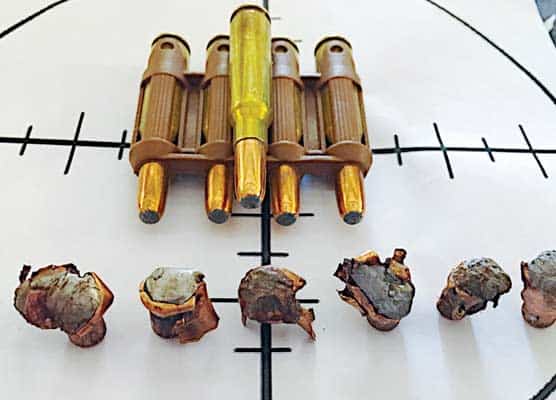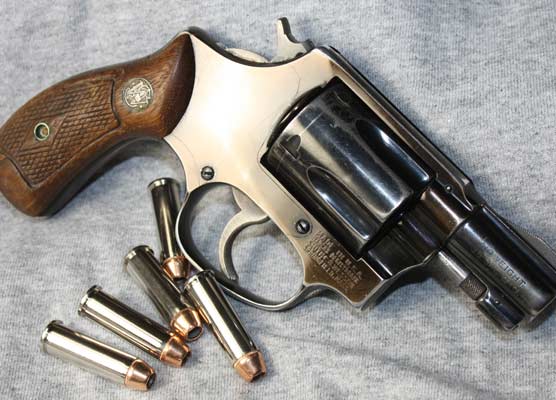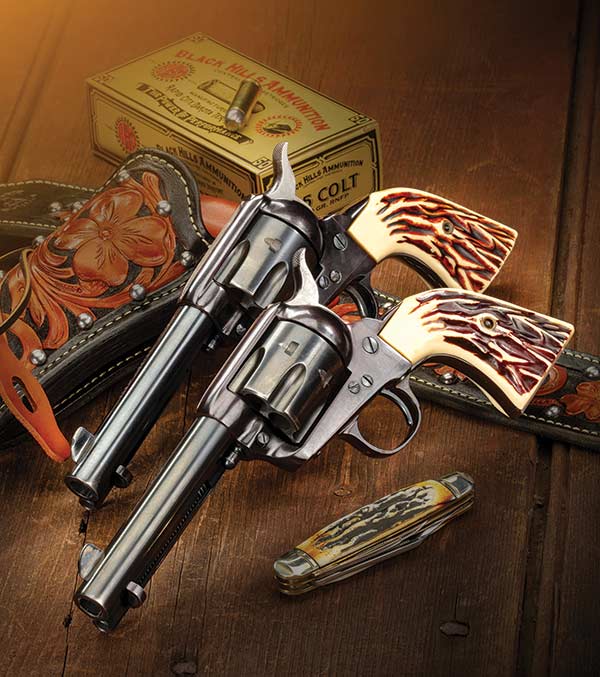The M231 Firing Port Weapon
A ballastic boondoogle
There is a likely apocryphal tale about the way astronauts kept records back in the 1960s during the height of the space race. Conventional ink pens of the day were gravity-driven and subsequently would not write upside down. Accordingly, once in orbit in a zero-G environment, your typical Bic or Montblanc suddenly became just so much worthless dunnage.
American engineers purportedly spent a zillion dollars to develop a pen that used a pressurized ink cartridge. Though spendy, their invention would indeed write in any gravitational state across a broad range of temperatures. The end result was a triumph of American ingenuity and is sold today as the Fisher Space Pen. The Fisher Space Pen has flown on every American manned space flight since Apollo 7 in 1968. That much is verifiable.
Meanwhile on the enslaved half of the planet, the spacefaring Russians faced a similar quandary. However, according to the legend, instead of spending exorbitant amounts of money to design a zero-gravity space pen using a revolutionary pressurized cartridge, they just opted for a pencil …
America’s Longest War
The Cold War was the gift that kept on giving. I tasted a bit of that while in uniform myself. I have read if we took everything we spent on defense from the end of World War II until the fall of the Iron Curtain, we could raze and rebuild every manmade structure in North America. That’s honestly pretty pathetic. However, the Cold War did see some simply extraordinary technological advancements.
The tactical tit-for-tat went on for decades. We built the XB70 strategic bomber, and the Russians designed the MiG-31 interceptor to counter it. When we canceled the XB70 after a catastrophic in-flight disaster, the Russians sure felt stupid but they are still using those geriatric MiG-31’s in the skies above Ukraine today. Another area where the East and West had a serious martial showdown was in Infantry Fighting Vehicles (IFVs).
The M113 armored personnel carrier was a workhorse throughout the war in Vietnam, but it was basically just a big aluminum box with tracks and an engine. The ACAV kits consisted of armored shields fitting up top to accommodate a Ma Deuce 50-caliber machinegun and a pair of M60s. However, this was a makeshift solution at best.
Meanwhile, the Soviets were churning out BMPs. The BMP was a legit IFV with a turreted 73mm gun, a rail-mounted AT3 Sagger antitank guided missile, and firing ports through which Soviet conscript soldiers could exercise their Kalashnikovs. Aside from the fact the BMP was as cramped as a Ringling Brothers clown car and only slightly more survivable in a proper fight, we felt like we were falling behind. The end result was the M2 Bradley IFV.
The Bradley was and is a simply superb piece of kit. Featuring a wicked 25mm Bushmaster chain gun, an external two-shot TOW missile launcher and room for a crew of three along with half a dozen kitted-out grunts, Brads are kicking Russian butt in Ukraine as I type these words. However, the M16A1 rifles issued to American infantrymen did not well-accommodate a firing port in such cramped quarters, particularly if the interface also needed to help minimize such vile stuff as nerve gas and radioactive fallout. The flower of American engineering prowess set about designing a solution. That solution was the M231 Firing Port Weapon.
The competition came down to the standard WWII-vintage .45-caliber M3A1 Grease Gun, a curious German offering based upon the roller-locked HK33 assault rifle, and a unique M16 variant designed by Colt. The Grease Gun and HK weapons both fell out of the running for various reasons, leaving the Colt gun ultimately to see production. The end result, while not terribly effective, was mechanically fascinating. The development process took five years and the gun was formally adopted as the M231 in 1979.
Details
The M231 looks like an M16 carbine, but it is not. This thing was redesigned from the ground up to fit into the screw-in gun mounts on the Bradley IFV. It allowed individual grunts to stay prickly even when buttoned up inside their tracks. There’s no telling what we spent on these things but they never saw any serious action. The M231 really was a solution in search of a problem.
For starters, the M231 had no sights, like “at all.” It was also full-auto only. The theory was you would fire this thing using tracers and adjust the fall of your shot based upon the limited vantage allowed by the Brad’s armored view ports. The mission was to slather the area outside the vehicle with fire. As a result, the M231 cycled at a breathtaking 1,200 rounds per minute.
To keep the gun from melting at such high cyclic rates, the entrails were redesigned to fire from the open bolt. While the basic upper and lower receivers look familiar, the upper has no forward assist and the open-bolt fire control parts are entirely different in the lower. Colt claimed a 65% parts commonality between the M231 and the M16.
A big part of the initial problem was length. The M16A1 has a fixed stock. Any reasonable mounting solution left each rifle protruding back so far into the fighting compartment as to interfere with its counterpart on the opposite side. As such, the M231 employed a unique nested three-spring recoil system inside an abbreviated buffer tube. The gun fed from STANAG 30-round box magazines and utilized a standard charging handle. The manual of arms would be pretty straightforward for anyone already familiar with the M16.
The M231 was a direct gas impingement rifle with a 15.6″ barrel. The bolt was interchangeable with the M16 but the bolt carrier featured a generous sear cut on the bottom. The fire control parts were unique to this weapon.
Prototypes had flip-up sights. Early production versions included a Grease Gun-style sliding wire stock. These were eventually deleted to dissuade troops from trying to use the guns outside the Bradley.
Peculiarities
The features are all pretty straightforward, but the weapon had its eccentricities. The M196 tracer round was the only authorized fodder to the gun. Dummy and blank rounds were fine and standard M193 ball ammo could be used in an emergency. However, the M231 field manual specifically says the heavier M855 ball and M856 tracer rounds should not be utilized. As the M231 featured a slow 1:12 barrel twist like the M16A1, these heavier rounds would reliably tumble upon firing.
The manual lists four warnings to be heeded when firing the M231 offhand. Muzzle rise can be excessive, the forward barrel collar will get really hot and the brass catching device should always be used inside the vehicle. There was also a reminder that hearing protection is required.
Ruminations
Eventually, the Army got sick of keeping up with these things. Subsequent armor upgrades on the Bradleys occluded all of the firing ports save those in the back ramp anyway. I worked with mechanized infantry units many times back in the 1990s and never saw an M231 operationally. I have run across a handful of photos of armor guys using M231s as personal defense weapons in the Middle East but the gun has no sights. The M4 is a much better choice for that role.
I have never fired an M231 myself, but I can imagine the experience. At 1,200 rounds per minute, the M231 would empty a 30-round magazine in a second and a half. That’s comparable to a 9mm MAC-10. As the gun does not offer a semiauto function, this would get tedious pretty fast.
Surprisingly, there are a few transferable versions of the M231 in circulation. Jonathan at Sienna Armory sold one recently via a legit penny auction for $47,075 — a bit rich for my blood. Ryan at Chester County Armory has sold several of the weird little guns and scared up some splendid pictures.
The M231 was both cool and strange in comparable measure. It never really did anything particularly well, but it was a novel solution to a thorny problem. The Firing Port Weapon was a curious footnote to the expansive family tree of Gene Stoner’s famous black rifle.








